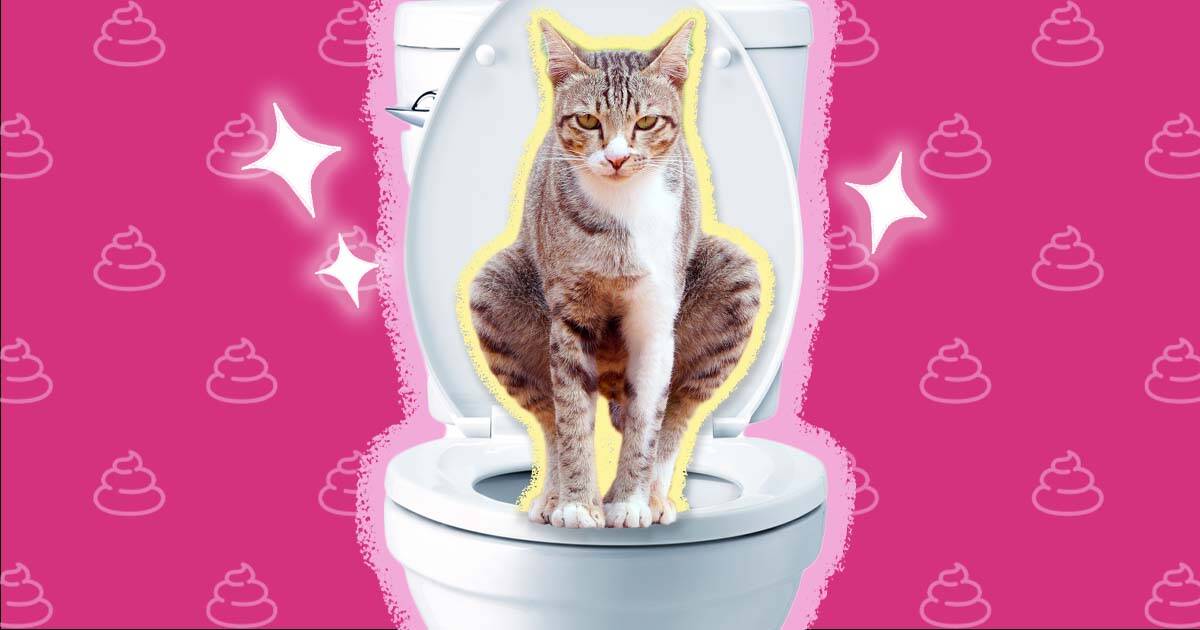Prevent Clogs and Damage: Never Flush Cat Poop Down Your Toilet - Expert Insights
Prevent Clogs and Damage: Never Flush Cat Poop Down Your Toilet - Expert Insights
Blog Article
This post in the next paragraphs in relation to How to Dispose of Cat Poop and Litter Without Plastic Bags is especially entertaining. You should take a look.

Introduction
As cat owners, it's vital to be mindful of just how we dispose of our feline good friends' waste. While it might appear hassle-free to purge pet cat poop down the toilet, this method can have damaging consequences for both the atmosphere and human health.
Environmental Impact
Purging feline poop presents unsafe pathogens and bloodsuckers right into the water supply, positioning a substantial risk to water environments. These impurities can adversely impact marine life and concession water quality.
Health and wellness Risks
In addition to ecological problems, flushing cat waste can additionally posture health threats to people. Feline feces may contain Toxoplasma gondii, a bloodsucker that can create toxoplasmosis-- a possibly severe disease, especially for pregnant women and individuals with weakened immune systems.
Alternatives to Flushing
Fortunately, there are safer and a lot more liable ways to deal with cat poop. Consider the following alternatives:
1. Scoop and Dispose in Trash
The most common technique of getting rid of pet cat poop is to scoop it into a biodegradable bag and toss it in the trash. Make sure to make use of a dedicated trash inside story and dispose of the waste quickly.
2. Usage Biodegradable Litter
Select naturally degradable pet cat litter made from materials such as corn or wheat. These litters are environmentally friendly and can be safely thrown away in the garbage.
3. Hide in the Yard
If you have a yard, consider burying cat waste in a designated location far from veggie gardens and water sources. Be sure to dig deep adequate to stop contamination of groundwater.
4. Set Up a Pet Waste Disposal System
Invest in a pet dog garbage disposal system specifically designed for pet cat waste. These systems utilize enzymes to break down the waste, lowering smell and ecological impact.
Conclusion
Accountable family pet ownership prolongs beyond supplying food and shelter-- it likewise involves appropriate waste monitoring. By refraining from purging cat poop down the bathroom and opting for alternate disposal approaches, we can minimize our environmental impact and shield human health.
Why Can’t I Flush Cat Poop?
It Spreads a Parasite
Cats are frequently infected with a parasite called toxoplasma gondii. The parasite causes an infection called toxoplasmosis. It is usually harmless to cats. The parasite only uses cat poop as a host for its eggs. Otherwise, the cat’s immune system usually keeps the infection at low enough levels to maintain its own health. But it does not stop the develop of eggs. These eggs are tiny and surprisingly tough. They may survive for a year before they begin to grow. But that’s the problem.
Our wastewater system is not designed to deal with toxoplasmosis eggs. Instead, most eggs will flush from your toilet into sewers and wastewater management plants. After the sewage is treated for many other harmful things in it, it is typically released into local rivers, lakes, or oceans. Here, the toxoplasmosis eggs can find new hosts, including starfish, crabs, otters, and many other wildlife. For many, this is a significant risk to their health. Toxoplasmosis can also end up infecting water sources that are important for agriculture, which means our deer, pigs, and sheep can get infected too.
Is There Risk to Humans?
There can be a risk to human life from flushing cat poop down the toilet. If you do so, the parasites from your cat’s poop can end up in shellfish, game animals, or livestock. If this meat is then served raw or undercooked, the people who eat it can get sick.
In fact, according to the CDC, 40 million people in the United States are infected with toxoplasma gondii. They get it from exposure to infected seafood, or from some kind of cat poop contamination, like drinking from a stream that is contaminated or touching anything that has come into contact with cat poop. That includes just cleaning a cat litter box.
Most people who get infected with these parasites will not develop any symptoms. However, for pregnant women or for those with compromised immune systems, the parasite can cause severe health problems.
How to Handle Cat Poop
The best way to handle cat poop is actually to clean the box more often. The eggs that the parasite sheds will not become active until one to five days after the cat poops. That means that if you clean daily, you’re much less likely to come into direct contact with infectious eggs.
That said, always dispose of cat poop in the garbage and not down the toilet. Wash your hands before and after you clean the litter box, and bring the bag of poop right outside to your garbage bins.
https://trenchlesssolutionsusa.com/why-cant-i-flush-cat-poop/

Do you like reading up on Don’t flush cat feces down the toilet? Place a review down the page. We'd be pleased to listen to your opinions about this piece. We hope that you come back again soon. Sharing is nice. Helping people is fun. We take joy in reading our article about Can You Flush Cat Poo or Litter Down the Toilet?.
Click Here Report this page